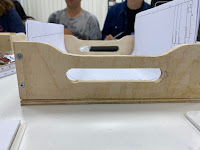Within my assigned group, I worked on compositing one of the images that illustrated the drawing process, combining sketches and digital drawings of our chosen site with images taken and colour swatches. quick sketch in my visual diary to get an idea of creative ways for the layout of the composite image. Not in a conventional way, layering to almost phase into one. This is the completed composite image of digital and analogue drawings, including color swatches and photos taken from our chosen site. Using the blending tool in photoshop, I wanted to convey the image as if it were from a visual art diary itself (smudges from led, b&w). Also, altering the transparency of the images to layer into each other and flow across the page. Dimming the fill of the images as well allowed me to incorporate them within the strong photos from the site, for example, the close up of the tree in the middle of the composite image has a sketch below faded into its roots. Below are...







